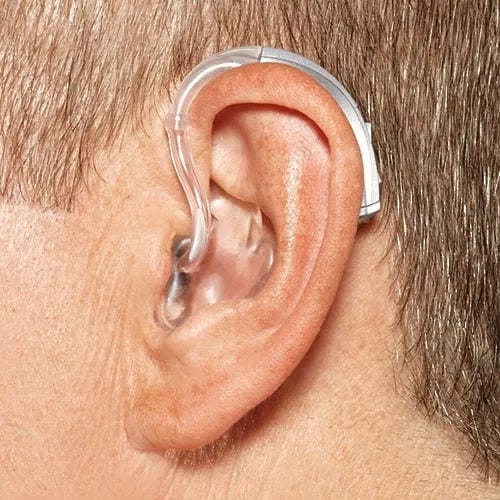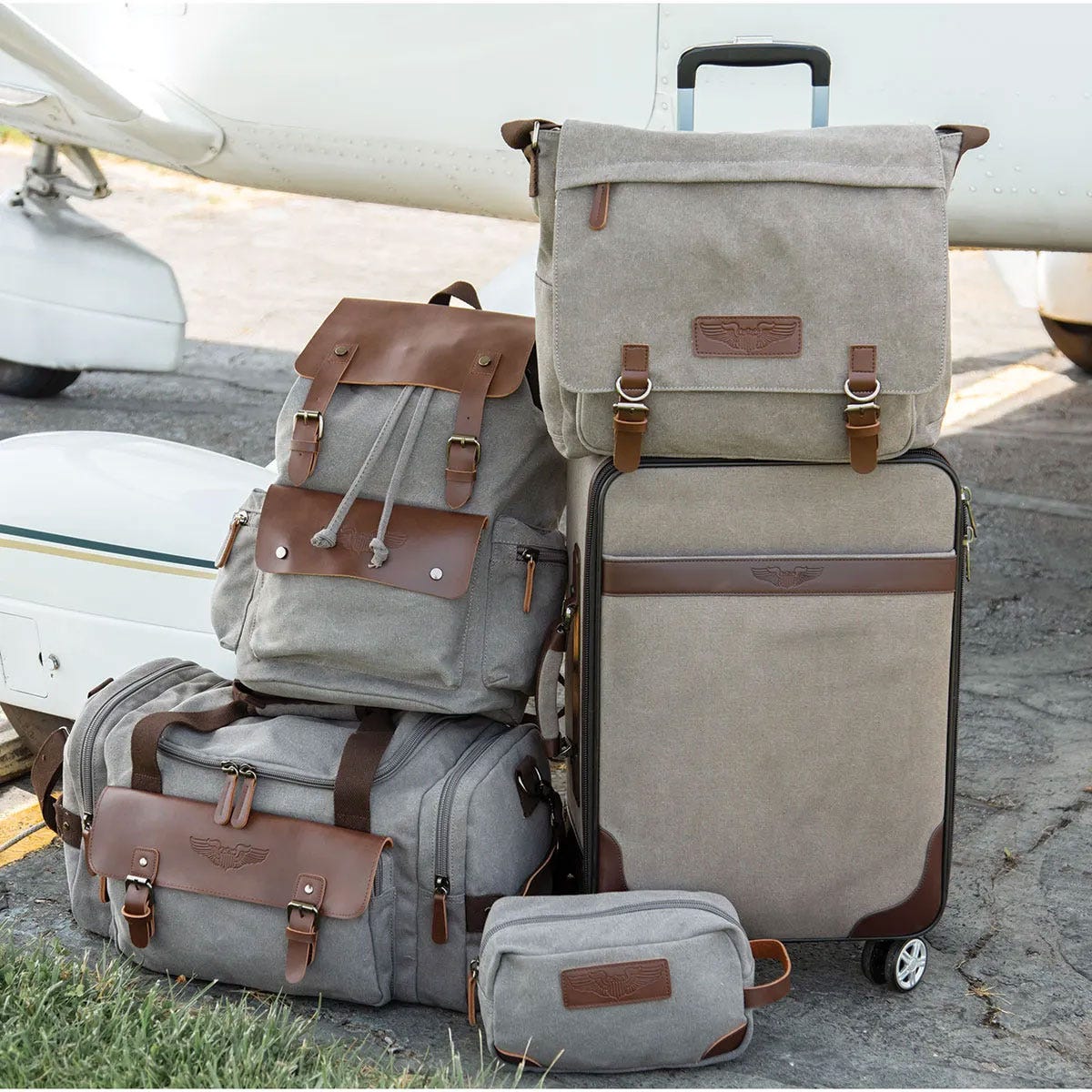Our standard answer has always been to remove your hearing aid before a flight. After all, an aviation headset’s main goal is to reduce sound. A hearing aid’s main goal is to amplify sound. It’s almost like taking sleeping pills laced with caffeine. Sounds little counterintuitive. But, we’ve heard from many pilots who want to have the convenience of leaving them in while flying. It’s less hassle and those with hearing aids will tell you that the sound coming through the hearing aid provides much more than just amplification and they become accustomed to hearing the processed sound.
 We asked some of the major headset manufacturers for feedback on this issue and each one said that their headset was best suited for people with hearing aids (thank you sales department!). Digging a little deeper, we were able to come up with some more information.
We asked some of the major headset manufacturers for feedback on this issue and each one said that their headset was best suited for people with hearing aids (thank you sales department!). Digging a little deeper, we were able to come up with some more information.
The first thing to consider is the physical interference that can come from hearing aids. A large, behind-the-ear hearing aid might be too big to fit inside the earcup of smaller headsets. This is not the case with hearing aids known as Completely in Canal (CIC), as they don’t protrude outside the ear. However, CIC hearing aids might not be comfortable with on-the-ear commercial headsets (like the Telex Airman series or David Clark Pro-X) as they could put constant pressure on the ear canal area. When in doubt, test out your hearing aid fit with multiple brands and models. You’ll find out fairly quick which ones will accommodate your style of hearing aid.
The other interference you might find is when you are using your hearing aid with ANR headsets. This seems to be the biggest worry for pilots. The complex electronics found in ANR might not mix well with the complex electronics of a hearing aids. These issues sometimes appear when the hearing aid is turned up fairly high, or when the hearing aid is not set firmly inside the ear. This might result in a squealing feedback loop that renders the headset useless. Older ANR headsets seem to be more prone to have issues with this than the newer models.
As always, there will be exceptions to the rule as we can’t test every brand headset with every brand of hearing aid with every setting of that hearing aid. We’ve had a couple users comment that they will only use passive headsets as a result of one bad experience. While this might seem extreme, this should definitely keep problems from happening. But the positives of wearing ANR far outweigh the negatives, so we recommend you keep trying different models until you find one that will work for you.
The good news is that most modern premium ANR headsets seem to work well with hearing aids. Companies like Bose, Lightspeed, and David Clark have put a lot into R&D to make sure their headsets are reducing the noise you don’t want to hear, and enhancing the communications that you need to hear. Lightspeed Aviation took this a step further with their Delta Zulu headset. They incorporated a feature they call HearingEQity. This allows the user to complete a one-time hearing test to customize their audio experience.
Buying a headset from a company with a good return policy is really important. Sporty’s Flight Test Guarantee gives you 30 days to test out the headset to make sure it will work for your situation.
Our Recommendation:
When in doubt, remove your hearing aids before flying and use the headset controls to adjust the volume until it sounds right. If you don’t need the hearing aids while flying, you probably shouldn’t wear them - one less thing to go wrong in the cockpit is a good thing. If you must keep them in, try out several models from a reputable dealer with an advantageous return policy. Finally, a good audiologist with highly customizable hearing aids may be able to adjust the hearing aid setting to minimize any feedback issues. You may want to bring your headset with you to your next visit to get their expert opinion.






